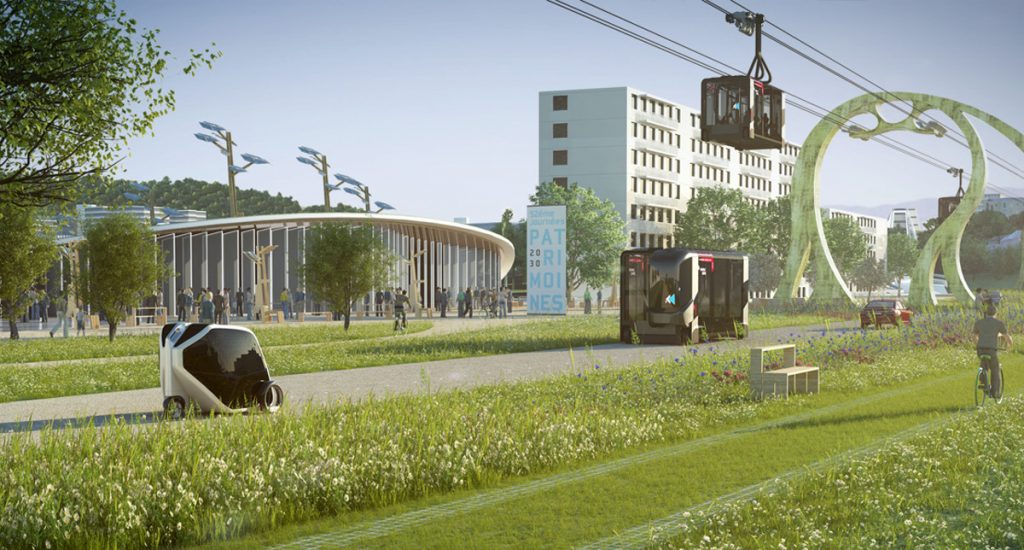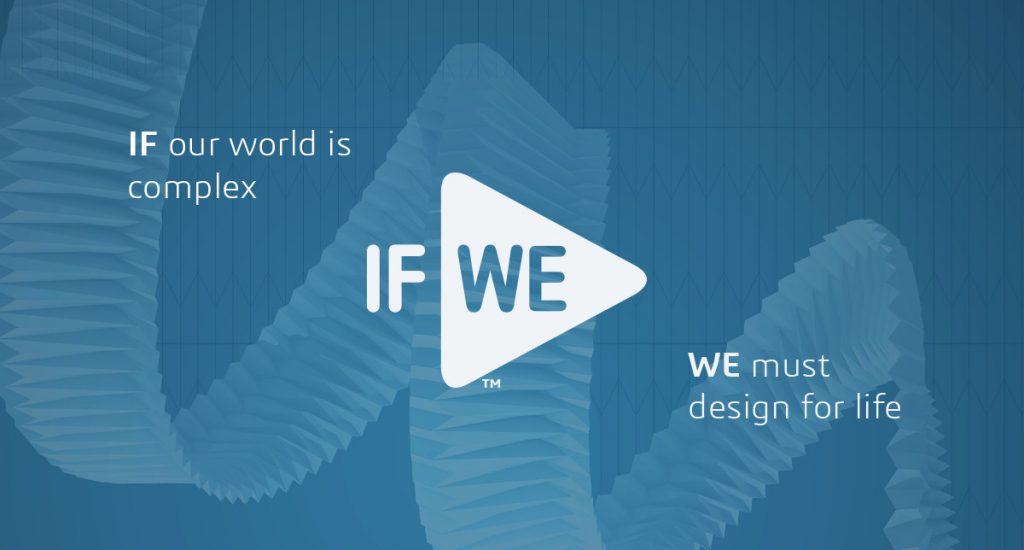
The act of design is a thinking stream. Innovation lies at the core with values like sociability, agility in sustainability, creative entrepreneurship and diversity. The designer community has already ceased using its old model and is now mobilized for life.
It is about time!
The earth is under unsustainable pressures: the climate is rapidly changing; water and energy resources are constrained; inequalities and dissimilarities of living are common; the world population grows rapidly. Earth is showing its limit.
How will we meet the needs of today without compromising future generations’ quality of life?
The old conspicuous consumption model is doomed. Our social context of consumption and production is fast changing. How does design relate to different, emerging and transforming forms of creation and production?
Acting at the heart of the industrial constraints and limitations of consolidated top-down infrastructures, design had to stop being an accomplice of the old industrial model. Design needs to leverage its thinking and doing capacities to define and guide us towards better living, leveraging bottom-up modeling approaches to define new conditions and fulfill new ambitions.
The shift takes design from an old unsustainable commercially defined model toward sustainable goals. To achieve this transformation, design has evolved and critiques its own practice in order to address new social and technological needs. This change is demonstrated by the World Design Organization (WDO) aligning to the United Nations’ 17 sustainable development goals.
Designing products, services and experiences without taking into full context our design, production and consumption and their impact on earth and its limitation is no more. This is a change toward genuine concern for human welfare. Beyond designing desirable experiences, we need to design meaningfully.
What does it mean? How can design influence and initiate change?
We do it by acknowledging and embracing that design is not just designing products; nor is it problem solving. Design at its utmost is limitative interpretation to explore solutions based on social economic and environmental issues that characterize our post-industrial era. Limiting design to our present infrastructure would prevent us from acknowledging the changes we need to make in order to support new design configurations and the opportunity to design a better life.


